Herbicide
Herbicide means chemical used for removing weed crop but generally harmless. The most widely used,and important herbicide is organic herbicide , herbicide using is an important measure of modern agricultural chemistry.
The late 19th century, when preventing European grape downy mildew , it is found that Bordeaux mixture can hurt some of cruciferous weeds without harming the cereal crops.
In late 19th century ,France, Germany, the United States also found the herbicidal effect of sulfuric acid and copper sulfate and used it for wheat weeding, which is the beginning of farmland chemical weeding . In 1932 ,organic selective herbicide chemox pe was found,and then it entered into the organic chemistry herbicide period. Early 1940s ,there was chemical synthesis of 2,4-D, and it was used for field weeding, it has high biological activity, strong selectivity, broad herbicide spectrum , the herbicidal effect is very obvious, under the influence of 2,4-D , the development of organic herbicide industry is significantly rapid .In 19 50s, a variety of types of organic herbicides had been developed , the main varieties such as propham of carbamates, chlorpropham; thiocarbamates of EPTC, vernolate, pebulate; simazine of s-Triazimnes , atrazine and the like; chloramben of benzoic acid; diuronof substituted ureas herbicides and the like. In 1959, the American Chemical weeding area had reached 21 million hectares. Since the 1960s, in the development of the new varieties of pesticides , herbicides have the largest number , such as trifluralin of dinitroanilines ; propanil of amides, alachlor, triallate of thiocarbamates , molinate , benthiocarb; diphenyl ether types such as herbicide nitrofen, chlornitrofen etc., and pesticide for soil treatment is focused on . A large number of highly efficient,and strongly selective herbicides emergence, causes changes in farming and cultivation system. In the 1970s, the United States put forward the concept of integrated weed management system (IWMS), but the core remains the chemical weed control. In 1971 ,Monsanto synthesized Glyphosate, which has a broad herbicide spectrum , and has no environmental pollution,this is a major breakthrough in organic phosphine herbicide. Coupled with a variety of new formulations and the use of new technology emergence, the herbicidal effect is greatly improved.
Herbicides can remove the weeds on crops and are harmless or little impact ,the mechanism is very complex, it is generally believed that there are three mechanisms:
① the use of different physiological characteristics that weeds and crops have on certain drugs . Such as simazine which can be used for weed control in corn, because corn has containsdetoxification substance which can break down simazine , as far as absorption is not too much, it will not affect their growth. But cornfield weeds do not have these detoxifying substances, small amounts of simazine can easily kill them to achieve the purpose of weeding.
② use different opportunities that drugs contact or stick all kinds of plant bodies. Such as kerosene which is destuctive agent able to kill various plants, but the onion leaves are conical upright, outside there are waxy, ejected droplets could not stick, spraying kerosene agents can be used in onion weed . Usually narrow leaf accepts less drugs than wide leaf , erect leaf is less affected by drug than the cross leaf, deep-rooted plant accepts less drugs than shallow-rooted plant.
③use different ability to absorb agents of plants. various plants have different epidermal conservation organizations, extent of absorbing agents sprayed on the skin varies. Thick waxy in cuticle makes it difficult for agents to penetrate ,the plants will not be hurt.
Herbicide mechanisms of action are different, but in general ,it is to have restraining obstructing or interfering effect on the plant physiological and biochemical processes, such as respiration, photosynthesis, living matter synthesis ,so they can not grow normally and death is caused . In recent years, various poisoning mechanism s are being extensively studied to produce more efficient, low toxicity, strong selection of new herbicides. Internationally herbicides account for 40% of the total amount of pesticides, China is only 10 to 20%. The use of herbicides should pay attention to accurate knowledge of the concentration, dose and administration period, otherwise it would cause serious crop injury, abnormal growth of the crop, and even withering death. Some species are fish, shellfish toxic; when they are used as a soil treatment ,they will affect the soil microbial reproduction. Long-term use of one kind of herbicides can also cause harm grass resistance and so on.
Chemical herbicides application leads to great social and economic benefits, but also produces different degrees of injury for some of the crops (especially in recent years the development of applications such as ultra-efficient herbicide sulfonylurea causes injury to afterreap crop ) and changes of weed populations, resulting in varying degrees of economic losses. To this end, the domestic researches and develops new varieties, while strengthens the research and development of the herbicide compound formulation.Among 1996.8 - 1997.7 90 patents related to herbicide applications in China, there are more than 80 patents on herbicide compound. In addition, herbicide antidotes, synergists, herbicide mechanism of action, selectivity principle and rational use of technologies are being carried out in-depth research.
- Structure:

- Chemical Name:Ethoxyamine hydrochloride
- CAS:3332-29-4
- MF:C2H8ClNO
- Structure:
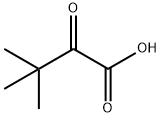
- Chemical Name:3,3-Dimethyl-2-oxobutyric acid
- CAS:815-17-8
- MF:C6H10O3
- Structure:
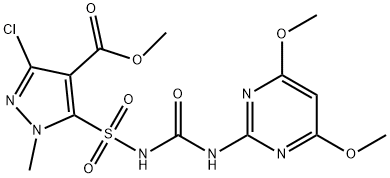
- Chemical Name:Halosulfuron methyl
- CAS:100784-20-1
- MF:C13H15ClN6O7S
- Structure:
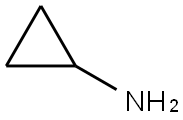
- Chemical Name:Cyclopropylamine
- CAS:765-30-0
- MF:C3H7N
- Structure:
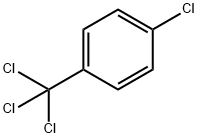
- Chemical Name:4-Chlorobenzotrichloride
- CAS:5216-25-1
- MF:C7H4Cl4
- Structure:

- Chemical Name:2,6-Dichlorobenzothiazole
- CAS:3622-23-9
- MF:C7H3Cl2NS
- Structure:

- Chemical Name:2-Benzoxazolinone
- CAS:59-49-4
- MF:C7H5NO2
- Structure:
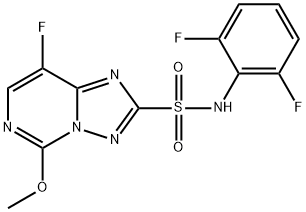
- Chemical Name:FLORASULAM
- CAS:145701-23-1
- MF:C12H8F3N5O3S
- Structure:
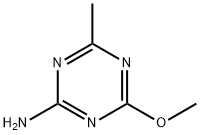
- Chemical Name:2-Amino-4-methoxy-6-methyl-1,3,5-triazine
- CAS:1668-54-8
- MF:C5H8N4O
- Structure:

- Chemical Name:2,6-Dichlorobenzoxazole
- CAS:3621-82-7
- MF:C7H3Cl2NO
- Structure:
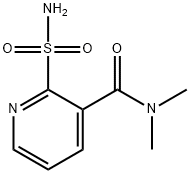
- Chemical Name:2-Aminosulfonyl-N,N-dimethylnicotinamide
- CAS:112006-75-4
- MF:C8H11N3O3S
- Structure:
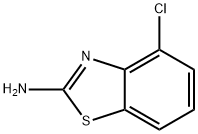
- Chemical Name:2-AMINO-4-CHLOROBENZOTHIAZOLE
- CAS:19952-47-7
- MF:C7H5ClN2S
- Structure:

- Chemical Name:3-Chloro-4-methylaniline
- CAS:95-74-9
- MF:C7H8ClN
- Structure:
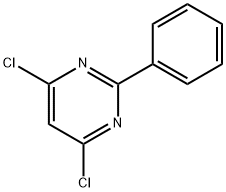
- Chemical Name:Fenclorim
- CAS:3740-92-9
- MF:C10H6Cl2N2
- Structure:
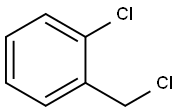
- Chemical Name:2-Chlorobenzyl chloride
- CAS:611-19-8
- MF:C7H6Cl2
- Structure:
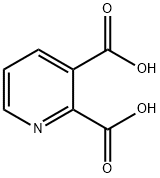
- Chemical Name:Quinolinic acid
- CAS:89-00-9
- MF:C7H5NO4
- Structure:
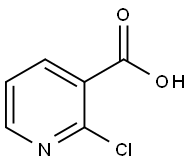
- Chemical Name:2-Chloronicotinic acid
- CAS:2942-59-8
- MF:C6H4ClNO2
- Structure:

- Chemical Name:2-Benzothiazolol
- CAS:934-34-9
- MF:C7H5NOS
- Structure:
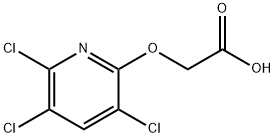
- Chemical Name:Triclopyr
- CAS:55335-06-3
- MF:C7H4Cl3NO3
- Structure:
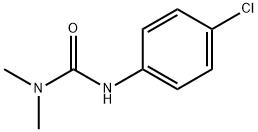
- Chemical Name:MONURON
- CAS:150-68-5
- MF:C9H11ClN2O
- Structure:
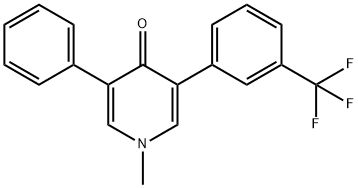
- Chemical Name:Fluridone
- CAS:59756-60-4
- MF:C19H14F3NO
- Structure:

- Chemical Name:Clodinafop-propargyl
- CAS:105512-06-9
- MF:C17H13ClFNO4
- Structure:
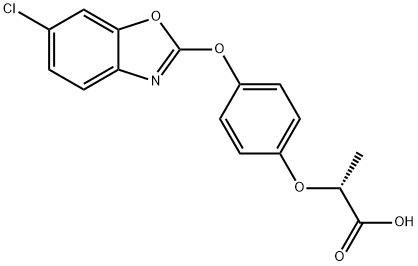
- Chemical Name:Fenoxaprop-P
- CAS:113158-40-0
- MF:C16H12ClNO5
- Structure:
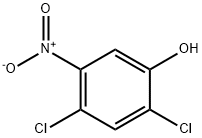
- Chemical Name:2,4-Dichloro-5-nitrophenol
- CAS:39489-77-5
- MF:C6H3Cl2NO3
- Structure:
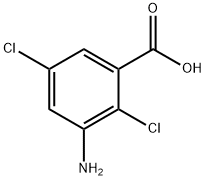
- Chemical Name:Chloramben
- CAS:133-90-4
- MF:C7H5Cl2NO2
- Structure:

- Chemical Name:Diclofop-methyl
- CAS:51338-27-3
- MF:C16H14Cl2O4
- Structure:

- Chemical Name:Methyl isothiocyanate
- CAS:556-61-6
- MF:C2H3NS
- Structure:
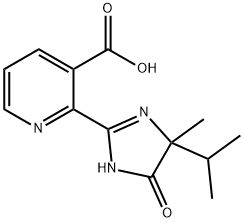
- Chemical Name:Imazapyr acid
- CAS:81334-34-1
- MF:C13H15N3O3
- Structure:
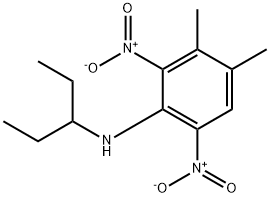
- Chemical Name:Pendimethalin
- CAS:40487-42-1
- MF:C13H19N3O4
- Structure:
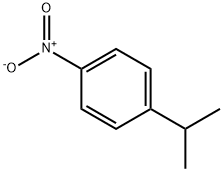
- Chemical Name:1-ISOPROPYL-4-NITROBENZENE
- CAS:1817-47-6
- MF:C9H11NO2
- Structure:
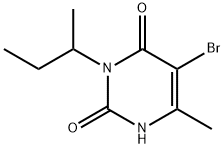
- Chemical Name:Bromacil
- CAS:314-40-9
- MF:C9H13BrN2O2
- Structure:
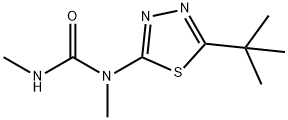
- Chemical Name:1-(5-tert-Butyl-1,3,4-thiadiazol-2-yl)-1,3-dimethylurea
- CAS:34014-18-1
- MF:C9H16N4OS
- Structure:
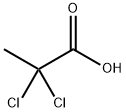
- Chemical Name:2,2-Dichloropropionic acid
- CAS:75-99-0
- MF:C3H4Cl2O2
- Structure:
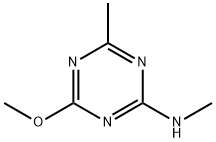
- Chemical Name:4-Methoxy-N,6-dimethyl-1,3,5-triazin-2-amine
- CAS:5248-39-5
- MF:C6H10N4O
- Structure:
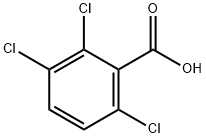
- Chemical Name:2,3,6-TRICHLOROBENZOIC ACID
- CAS:50-31-7
- MF:C7H3Cl3O2
- Structure:
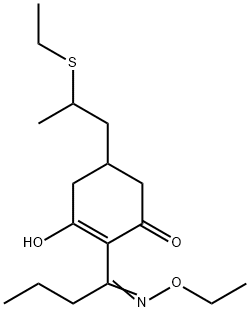
- Chemical Name:Sethoxydim
- CAS:74051-80-2
- MF:C17H29NO3S
- Structure:
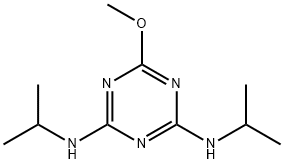
- Chemical Name:PROMETON
- CAS:1610-18-0
- MF:C10H19N5O
- Structure:
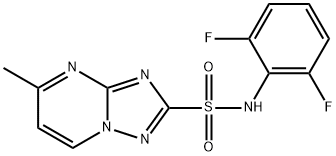
- Chemical Name:Flumetsulam
- CAS:98967-40-9
- MF:C12H9F2N5O2S
- Structure:
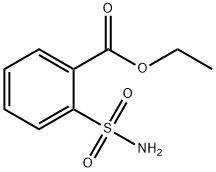
- Chemical Name:Ethyl 2-sulfamoylbenzoate
- CAS:59777-72-9
- MF:C9H11NO4S
- Structure:
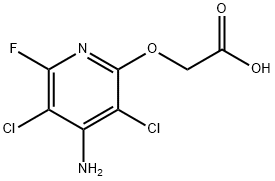
- Chemical Name:Fluroxypyr
- CAS:69377-81-7
- MF:C7H5Cl2FN2O3
- Structure:
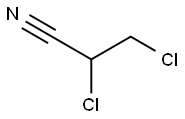
- Chemical Name:2,3-Dichloropropionitrile
- CAS:2601-89-0
- MF:C3H3Cl2N
- Structure:

- Chemical Name:2,6-Dichloroquinoxaline
- CAS:18671-97-1
- MF:C8H4Cl2N2
- Structure:

- Chemical Name:2,5-Dichlorophenol
- CAS:583-78-8
- MF:C6H4Cl2O
- Structure:

- Chemical Name:Dimethyl carbonate
- CAS:616-38-6
- MF:C3H6O3
- Structure:
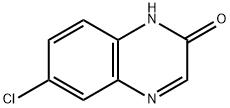
- Chemical Name:2-Hydroxy-6-chloroquinoxaline
- CAS:2427-71-6
- MF:C8H5ClN2O
- Structure:
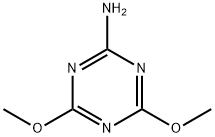
- Chemical Name:2-AMINO-4,6-DIMETHOXY-1,3,5-TRIAZINE
- CAS:16370-63-1
- MF:C5H8N4O2
- Structure:
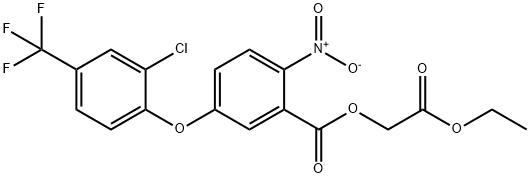
- Chemical Name:Fluoroglycofen-ethyl
- CAS:77501-90-7
- MF:C18H13ClF3NO7
- Structure:
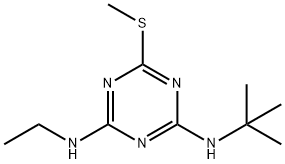
- Chemical Name:Terbutryn
- CAS:886-50-0
- MF:C10H19N5S
- Structure:
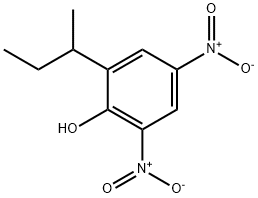
- Chemical Name:4,6-Dinitro-2-sec-butylphenol
- CAS:88-85-7
- MF:C10H12N2O5
- Structure:
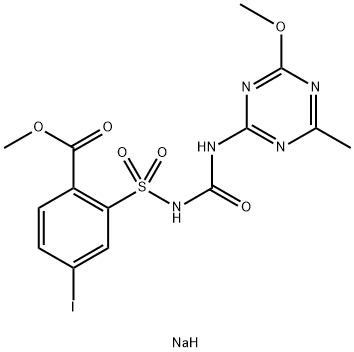
- Chemical Name:Iodosulfuron methyl sodium
- CAS:144550-36-7
- MF:C14H13IN5NaO6S
- Structure:

- Chemical Name:3-Chloroaniline
- CAS:108-42-9
- MF:C6H6ClN
- Structure:

- Chemical Name:2-Chlorobenzothiazole
- CAS:615-20-3
- MF:C7H4ClNS
- Structure:
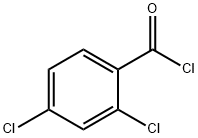
- Chemical Name:2,4-Dichlorobenzoyl chloride
- CAS:89-75-8
- MF:C7H3Cl3O
- Structure:

- Chemical Name:1,3-Dimethylpyrazole
- CAS:694-48-4
- MF:C5H8N2
- Structure:
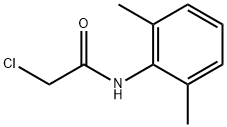
- Chemical Name:2-Chloro-N-(2,6-dimethylphenyl)acetamide
- CAS:1131-01-7
- MF:C10H12ClNO
- Structure:
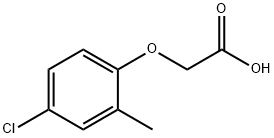
- Chemical Name:2-Methyl-4-chlorophenoxyacetic acid
- CAS:94-74-6
- MF:C9H9ClO3
- Structure:

- Chemical Name:2,3-Dichloropropene
- CAS:78-88-6
- MF:C3H4Cl2
- Structure:
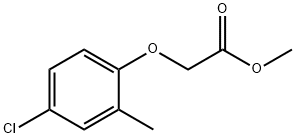
- Chemical Name:(4-CHLORO-2-METHYLPHENOXY)ACETIC ACID METHYL ESTER
- CAS:2436-73-9
- MF:C10H11ClO3
- Structure:
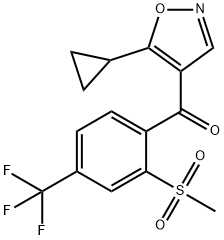
- Chemical Name:ISOXAFLUTOLE
- CAS:141112-29-0
- MF:C15H12F3NO4S
- Structure:

- Chemical Name:N-Methylmethanamine 2,4-dichlorophenoxyacetate
- CAS:2008-39-1
- MF:C10H13Cl2NO3
- Structure:
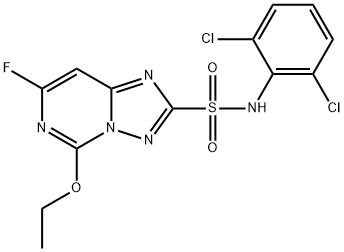
- Chemical Name:DICLOSULAM
- CAS:145701-21-9
- MF:C13H10Cl2FN5O3S
- Structure:

- Chemical Name:2-Ethylacrylaldehyde
- CAS:922-63-4
- MF:C5H8O
- Structure:

- Chemical Name:Paraquat dichloride
- CAS:1910-42-5
- MF:C12H14Cl2N2
- Structure:
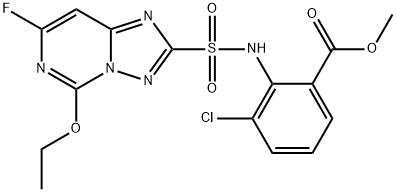
- Chemical Name:CLORANSULAM-METHYL
- CAS:147150-35-4
- MF:C15H13ClFN5O5S
- Structure:

- Chemical Name:2-[4-[3-chloro-5-(trifluoromethyl)pyridin-2-yl]oxyphenoxy]propanoic acid
- CAS:69806-34-4
- MF:C15H11ClF3NO4
- Structure:
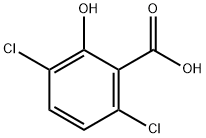
- Chemical Name:3,6-DICHLORO-2-HYDROXY BENZOIC ACID
- CAS:3401-80-7
- MF:C7H4Cl2O3
- Structure:
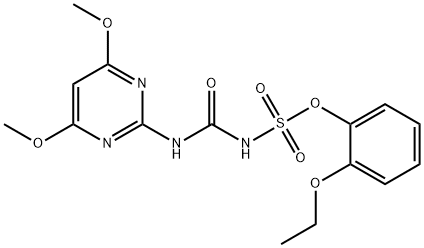
- Chemical Name:Ethoxysulfuron
- CAS:126801-58-9
- MF:C15H18N4O7S
- Structure:

- Chemical Name:Fenoxaprop-p-ethyl
- CAS:71283-80-2
- MF:C18H16ClNO5
- Structure:
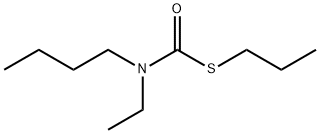
- Chemical Name:PEBULATE
- CAS:1114-71-2
- MF:C10H21NOS
- Structure:
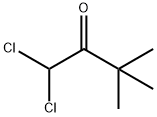
- Chemical Name:1,1-DICHLOROPINACOLIN
- CAS:22591-21-5
- MF:C6H10Cl2O
- Structure:
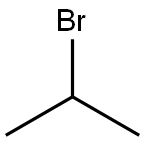
- Chemical Name:2-Bromopropane
- CAS:75-26-3
- MF:C3H7Br
- Structure:
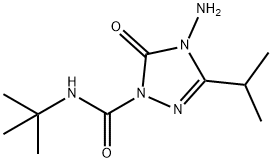
- Chemical Name:Amicarbazone
- CAS:129909-90-6
- MF:C10H19N5O2
- Structure:
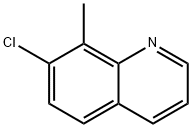
- Chemical Name:7-CHLORO-8-METHYLQUINOLINE
- CAS:78941-93-2
- MF:C10H8ClN
- Structure:

- Chemical Name:3-Chlorophenyl isocyanate
- CAS:2909-38-8
- MF:C7H4ClNO
- Structure:
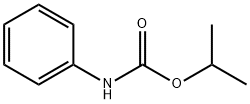
- Chemical Name:Propham
- CAS:122-42-9
- MF:C10H13NO2
- Structure:
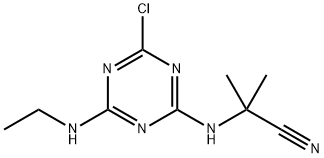
- Chemical Name:Bladex
- CAS:21725-46-2
- MF:C9H13ClN6
- Structure:
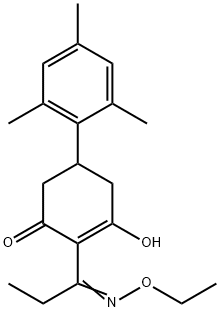
- Chemical Name:Tralkoxydim
- CAS:87820-88-0
- MF:C20H27NO3
- Structure:

- Chemical Name:2,4-D isooctyl ester
- CAS:25168-26-7
- MF:C16H22Cl2O3
- Structure:
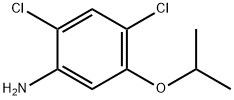
- Chemical Name:2,4-DICHLORO-5-ISOPROPOXYANILINE
- CAS:41200-96-8
- MF:C9H11Cl2NO
- Structure:
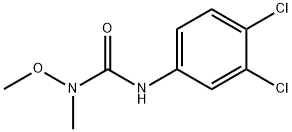
- Chemical Name:Linuron
- CAS:330-55-2
- MF:C9H10Cl2N2O2
- Structure:
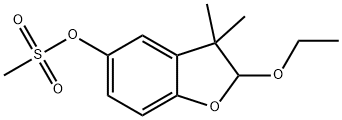
- Chemical Name:Ethofumesate
- CAS:26225-79-6
- MF:C13H18O5S
- Structure:

- Chemical Name:[3-[[(Phenylamino)carbonyl]oxy]phenyl]carbamic acid ethyl ester
- CAS:13684-56-5
- MF:C16H16N2O4
- Structure:

- Chemical Name:2-Mercaptobenzothiazole
- CAS:149-30-4
- MF:C7H5NS2
- Structure:
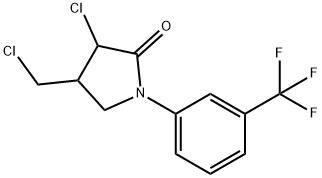
- Chemical Name:Fluorochloridone
- CAS:61213-25-0
- MF:C12H10Cl2F3NO
- Structure:
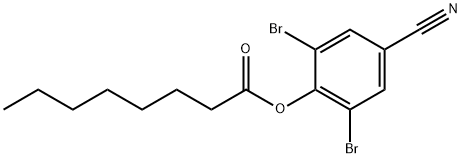
- Chemical Name:Bromoxynil octanoate
- CAS:1689-99-2
- MF:C15H17Br2NO2
- Structure:
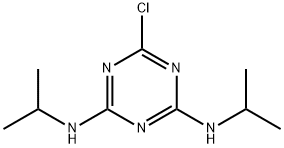
- Chemical Name:2,4-Bis(isopropylamino)-6-chloro-1,3,5-triazine
- CAS:139-40-2
- MF:C9H16ClN5
- Structure:
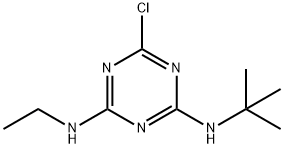
- Chemical Name:Terbutylazine
- CAS:5915-41-3
- MF:C9H16ClN5
- Structure:
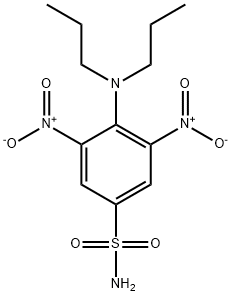
- Chemical Name:Oryzalin
- CAS:19044-88-3
- MF:C12H18N4O6S
- Structure:
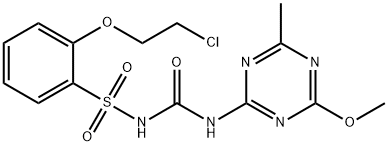
- Chemical Name:Triasulfuron
- CAS:82097-50-5
- MF:C14H16ClN5O5S
- Structure:
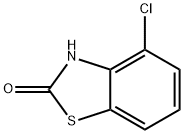
- Chemical Name:4-Choro-2(3H)-benzothiazolone
- CAS:39205-62-4
- MF:C7H4ClNOS
- Structure:
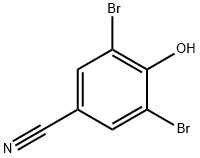
- Chemical Name:Bromoxynil
- CAS:1689-84-5
- MF:C7H3Br2NO
- Structure:
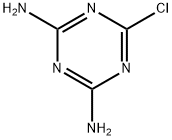
- Chemical Name:2-CHLORO-4,6-DIAMINO-1,3,5-TRIAZINE
- CAS:3397-62-4
- MF:C3H4ClN5
- Structure:
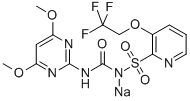
- Chemical Name:Trifloxysulfuron-sodium
- CAS:199119-58-9
- MF:C14H13F3N5NaO6S
- Structure:
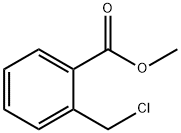
- Chemical Name:Methyl 2-chloromethylbenzoate
- CAS:34040-62-5
- MF:C9H9ClO2
- Structure:
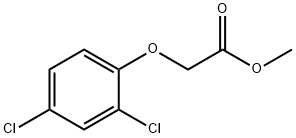
- Chemical Name:2,4-D-METHYL ESTER
- CAS:1928-38-7
- MF:C9H8Cl2O3
- Structure:
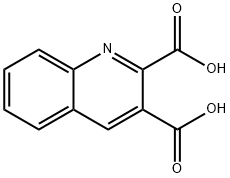
- Chemical Name:2,3-Quinoline dicarboxylic acid
- CAS:643-38-9
- MF:C11H7NO4
- Structure:
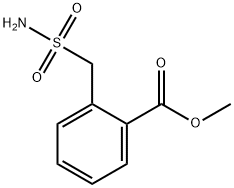
- Chemical Name:2-methoxycarbonylbenzylsulfonamide
- CAS:112941-26-1
- MF:C9H11NO4S
- Structure:
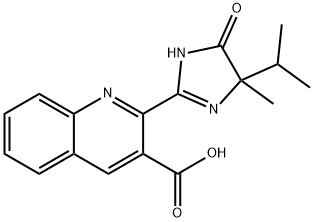
- Chemical Name:Imazaquin acid
- CAS:81335-37-7
- MF:C17H17N3O3
- Structure:
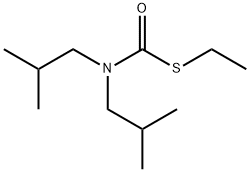
- Chemical Name:Butylate
- CAS:2008-41-5
- MF:C11H23NOS
- Structure:

- Chemical Name:1,4-DIMETHYLPYRAZOLE
- CAS:1072-68-0
- MF:C5H8N2